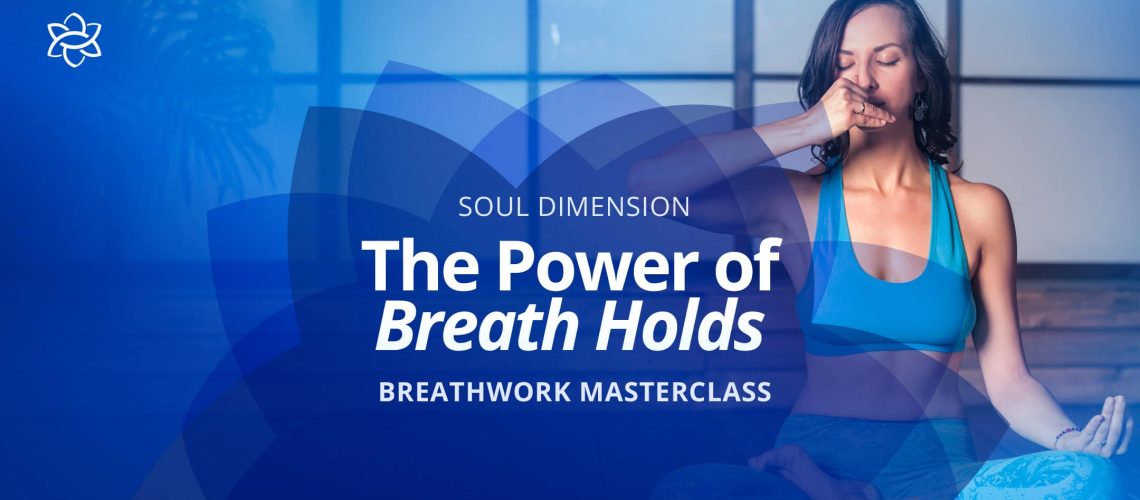Breath is more than a simple biological function—it’s a gateway to health, resilience, and mental clarity. Soul Dimension Breathing combines intermittent hypoxia, hyperventilation, and breath retention to activate the body’s adaptive responses and harness the principle of hormesis. By cycling between oxygen-rich states and deliberate breath-holding, this practice supports cardiovascular health, boosts energy, improves focus, and strengthens overall well-being.
In this article, we’ll explore the science behind intermittent hypoxia breathwork, its potential benefits, and how Soul Dimension Breathing uniquely uses hyperventilation and breath retention for transformative health.
What Is Intermittent Hypoxia Breathwork?
Intermittent hypoxia breathwork involves short, controlled periods of reduced oxygen levels alternated with normal or elevated oxygen. Unlike chronic hypoxia, which is harmful, intermittent hypoxia acts as a mild physiological stressorthat triggers adaptive benefits.
Practices using hyperventilation followed by breath retention temporarily raise oxygen levels (hyperoxia) and then create a hypoxic state. This trains the body to function more efficiently under stress and promotes resilience at both cellular and systemic levels.

Scientific Benefits of Intermittent Hypoxia and Breath Retention
Research suggests intermittent hypoxia breathwork can provide multiple health benefits:
- Enhanced Brain Function: Improves cerebral blood flow and may protect against ischemic damage (Kumar et al., 2016)
- Neuroplasticity and Motor Function: Supports neuroplasticity via serotonin-producing neurons (Gonzalez-Rothi et al., 2015)
- Immune System Strengthening: May reduce inflammation and improve immunity (Serebrovska et al., 2019)
- Growth Hormone Production: Breath retention triggers mild stress to boost growth hormone (Guey-Shyang Hwang and Chih-Chieh Chen., 2017)
- Improved Respiratory Function: Enhances lung capacity and oxygen efficiency (McHugh et al., 2003)
- Multi-0rgan protection: IMH conditioning as a multi-organ therapeutic strategy (Qihan Zhang et al., 2023)
How Soul Dimension Breathing Uses Hyperventilation and Breath Retention
Practicing intermittent hypoxia through breath holds has been shown in scientific studies to support cardiovascular function, enhance oxygen efficiency, and strengthen the body’s resilience to everyday stress. By integrating conscious breathwork into your daily life, you may experience greater mental clarity, a more balanced nervous system, and a deeper sense of harmony between body and mind — which is exactly what Soul Dimension Breathing is designed to cultivate.
Soul Dimension Breathing combines two core phases:
- Hyperventilation Phase: Deep, rapid breathing increases oxygen levels (hyperoxia). Hyperventilation lowers CO₂, which temporarily reduces oxygen delivery due to the Bohr effect—a shift in hemoglobin’s oxygen-binding efficiency.
- Breath Retention Phase: Controlled breath-holding allows CO₂ to build, creating hypoxia. This reverses the Bohr effect, improving oxygen delivery, stimulating vasodilation, and activating adaptive stress responses.
Vascular Adaptations:
- Vasoconstriction during hyperventilation
- Vasodilation during breath retention
These cycles support cardiovascular health, mental clarity, and energy optimization.
Intermittent Hypoxia and Hormesis
Hormesis refers to adaptive benefits from mild stressors. Intermittent hypoxia in Soul Dimension Breathing exemplifies hormesis:
- Temporary hypoxic stress triggers cellular repair mechanisms and enhances mitochondrial efficiency. (Yaodan Zhang, 2021)
- Benefits include increased stress tolerance, energy production, and vitality (E. A Dale et al., 2014).
Other Breathwork Techniques Using Intermittent Hypoxia
Other techniques using hyperventilation and/or breath retention include:
- Wim Hof Method: Hyperventilation + prolonged breath retention (Kox et al., 2014)
- Buteyko Breathing: Breath retention after shallow exhalations (McHugh et al., 2003)
- Pranayama (Kumbhaka, Bhastrika): Yogic breath retention (Jerath et al., 2015)
- Freediving Training: Repeated, extended breath holds
Soul Dimension Breathing adds mindfulness and meditative focus, offering a holistic path for body, mind, and emotional health.
Safety Considerations
Breath retention and intermittent hypoxia are safe when done correctly but can be risky if practiced improperly. Always:
- Practice in a safe, supervised environment
- Avoid pushing limits unsafely
- Consult a healthcare professional before starting
Conclusion
Soul Dimension Breathing leverages intermittent hypoxia, hyperventilation, and breath retention to improve resilience, cardiovascular health, mental clarity, and emotional balance. By safely applying hormesis and leveraging the Bohr effect, this practice supports profound mind-body transformation.
Explore guided sessions at Soul Dimension Free Weekly Class, or the upcoming Masterclass.





